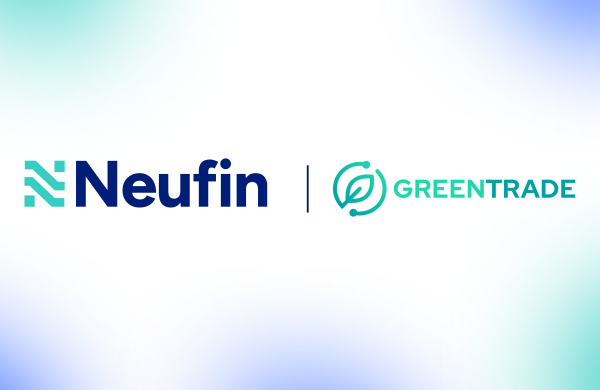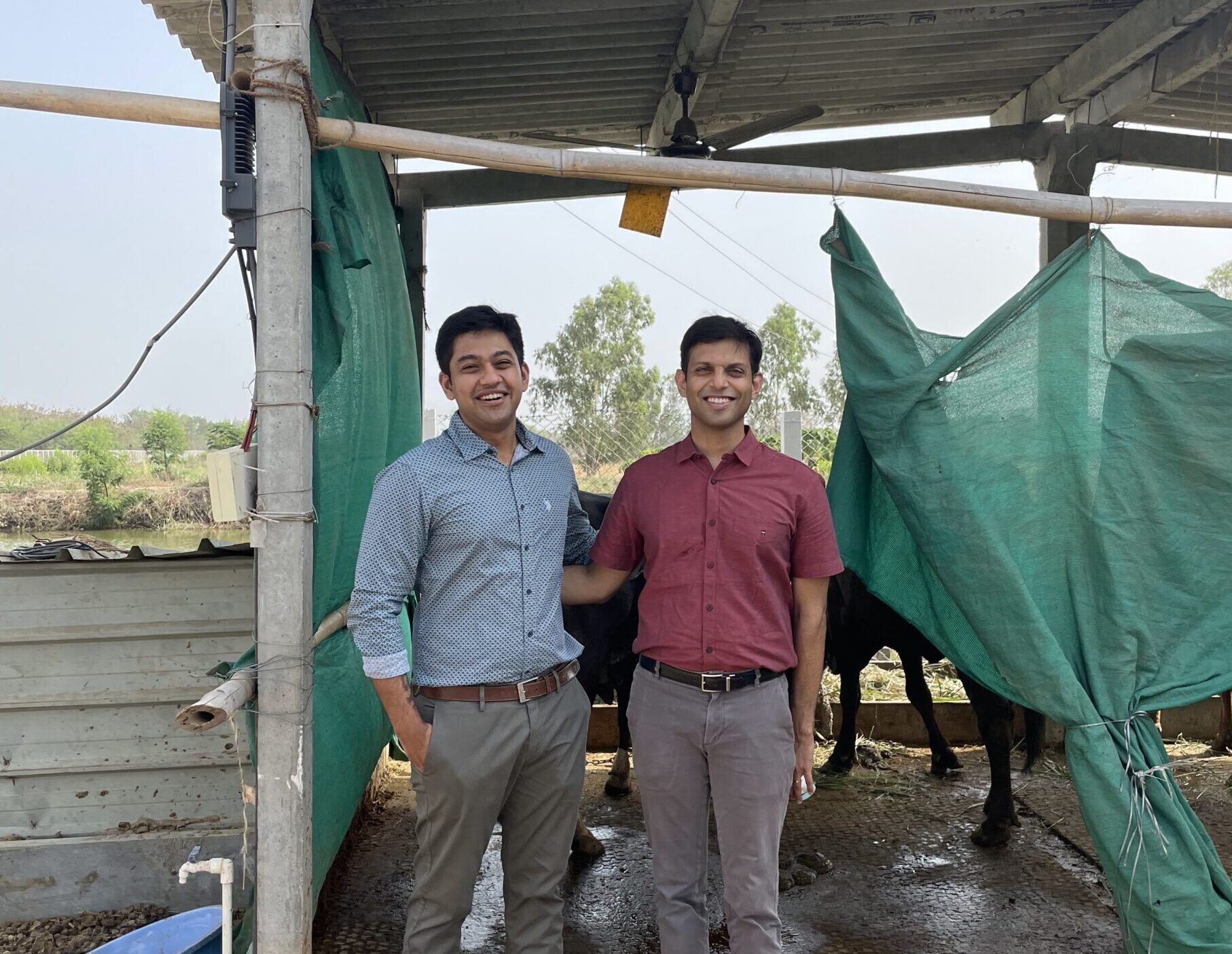$10 billion. That’s our reasonably ambitious goal for capital we’d like to see deployed through the Neufin platform to businesses & organisations working towards their net-zero roadmaps, and climate mitigation and adaptation projects over the next 5 years. For context, $10 billion is just 6% of the capital required by developing countries each year ($170 billion) to meet their respective net-zero targets. However, for a company our size to get this to this number we will need to move a mountain. It also means that to achieve this number within a five-year timeframe we need to help deploy the capital fast (fastest if we’re being honest!). Older models of operating do not (read cannot) scale.
Recently though, I’ve been getting questions about the necessity of technology (both software and hardware) in what we do at Neufin. Given the scale we are aspiring for, technology has always been a part of the thought process and DNA of the company. However, the questions I received served to underscore that perhaps the underlying problems we need to solve along the way on our path to reach $10 billion in deployments aren’t well understood, let alone the solutions required to combat them.
What follows is a brief on just some of the essential near and long-term problems we need to solve for which the solutions are grounded in technology.
Near-term (0-2 years)
1. Risk modelling – Decoding climate-related risk and project risk is essential to provide an investor a representative view of the risks involved to ensure they have the confidence to deploy their capital. Having a comprehensive understanding of risk is key to unlocking the flow of capital in both – the carbon and the debt markets. Neufin is working towards creating a grounded understanding of the risk faced by each project and business we work with. However, these models take time to build, are based on heuristics, and have an extended feedback loop (feedback here is whether the repayment and project risks assessed played out or not). Accelerating this development and leveraging more data points and sources of data to improve accuracy is a critical part of what we want to solve next.
2. Trust architecture – with greenwashing being a prime concern for any corporate or investor it is no surprise that the lack of trust is widespread in the industry. Further, ticket sizes in this sector are large – often exceeding $1M, making trust a key component to the deployment of capital. A large part of Neufin’s 0-to-1 journey has involved focusing fastidiously on trust. Solving for trust requires a multi-pronged approach. It starts with understanding the key markers of trust:
a) Data – both primary and secondary data are needed along with authenticity and anti-fraud checks. This is especially relevant for financial and on-ground project data. Validation of the data is a hard, and time-consuming challenge that needs to be solved. Today, our systems are designed to collect all relevant data available and extensively leverage externally available datasets to improve the quality of our product(s).
b) Traceability – ensuring that the data collected remains traceable to the source it was collected from. Blockchain infrastructure has given us the means to address this, yet most solutions are far too upstream and fail to make a difference. Being as close to origination is the only way to truly solve this problem.
c) Transformation – once the data is in place, transforming it into an easy-to-digest and interpretable form comes next. Most often, our customers are traditional businesses/corporate houses, non-profits or even government bodies. Ignoring this step in the journey implies all the hard work of the previous two steps will go to waste. Ease of interpretation is hard to deliver for complex problems.
d) Transaction management – Anti-money laundering and transaction risk mitigation are crucial when the transfer of capital is involved. Transaction risk is one of the primary concerns investors and institutions guard against. Operational processes do not scale beyond a point and certainly aren’t going to drastically compress timelines as we intend to.
3. Predictive pricing – we need to track several green assets and products, and work to ensure that our customers have a clear understanding of price and interest rates. Predicting the movement of asset prices and interest rates is a hard problem to solve but necessary for us to make informed decisions. Multi-asset capital raising is a very hard problem and usually requires large teams of analysts and bankers. Neufin today actively tracks green debt and carbon commodities across markets. Better algorithms, more holistic tracking (read more signals), and expanding the product portfolio are key to our success.
4. Managed matching – as a platform, matching financiers, businesses, and partners (suppliers, consultants, vendors etc.) is necessary to ensure liquidity and quality for each transaction. Our partner ecosystem acts as a flywheel to reducing execution timelines and giving businesses and organisations as much support as possible to get their initiatives and projects off the ground faster. As more customers and stakeholders join the platform, this problem becomes extremely important for us to address, and considerably difficult as we are not a high-frequency consumer marketplace. These decisions govern pricing, execution timelines, and customer experience – and equally importantly customers will hold Neufin accountable for the same. A good or bad experience for a partner discovered through Neufin reflects the quality of Neufin’s product, more than that of the partner. This necessitates that we screen smarter, more methodically and without bias.
Long-term (2-5 years)
In the long term, we aim to make Neufin the go-to platform for green investments, much like what AngelList has done for venture investing. This entails providing a full stack of products for a business/organisation and financial investor – from sourcing, screening, third parties leveraging Neufin’s infrastructure, to transaction infrastructure and product structuring. Some key components to this are:
1. Automation of project documentation and diligence – project documentation today takes aeons to be completed. The intermediate steps are long and involve several stakeholders and very little technology. We aim to simplify this to the point where the data – primary and secondary can speak for itself. LLMs will play a key role in helping us and the industry get there.
2. Financial product structuring – creating the ideal financial product for each sector, geography, and business so we can rapidly enable the distribution of capital to our businesses. The more standard the product is, the more likely we can scale its deployment. As an example, think of the standardisation and subsequent proliferation of home and auto loan products.
3. Automated deal structuring – from standardising cap-table structures, to simplifying the process to raise money from financial institutions, we need to ensure that both capital providers and seekers spend the least amount of time on structuring and deal diligence. This fits well with our mission to continuously work towards increasing the pace of capital deployment.
Furthermore, becoming a true platform implies creating enough value and infrastructure that companies would want to build solutions on top of the Neufin stack. The market for what we want to address at Neufin is large and time is of the essence – after all the earth isn’t pausing global warming because Neufin couldn’t solve a problem fast enough. We are always on the lookout for the right product and service partnerships to find the most efficient solutions for our businesses and network partners.
In conclusion, I hope that this short post gave the reader a glimpse into how we’re thinking about our problem space and what the potential for technology really is. There is a lot more detail to every point mentioned here and in subsequent posts, we will dissect these topics in depth.
P.S. – If you liked what you read and are curious to work on these problems with us, Neufin is hiring motivated and passionate engineers. Check out our careers page and apply.



